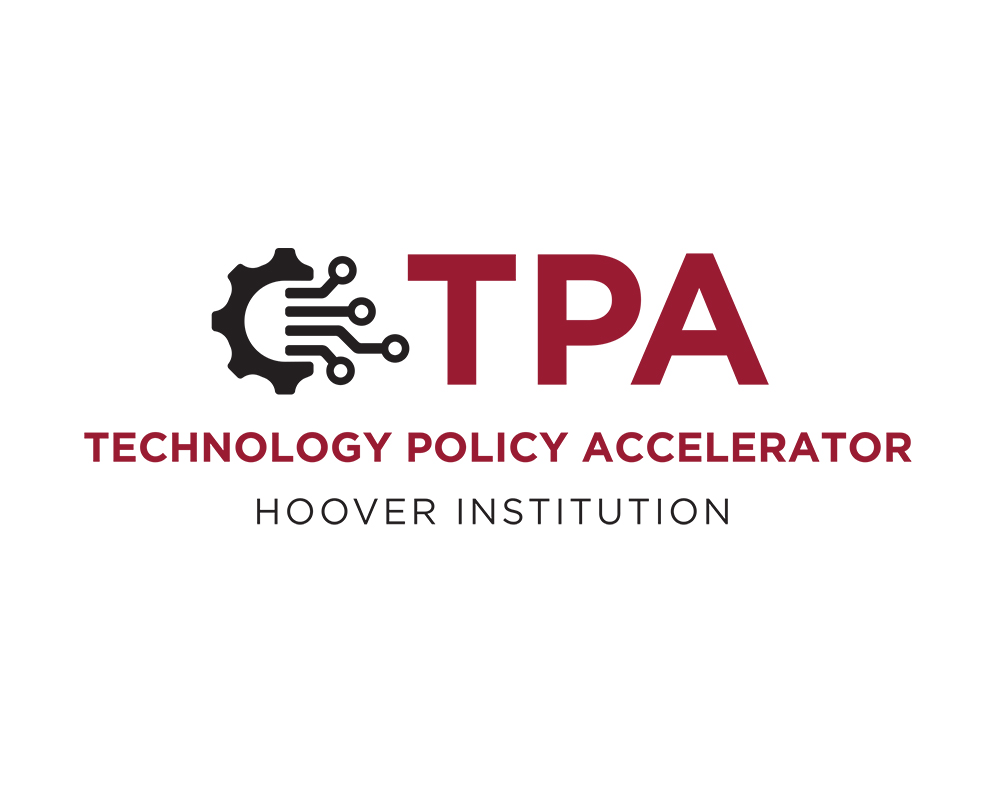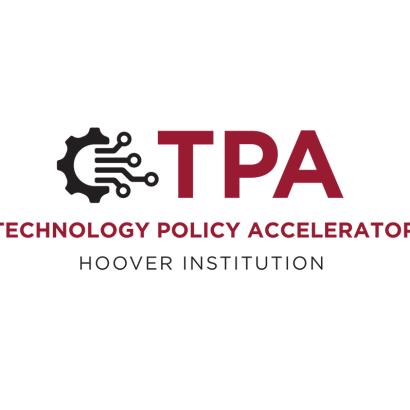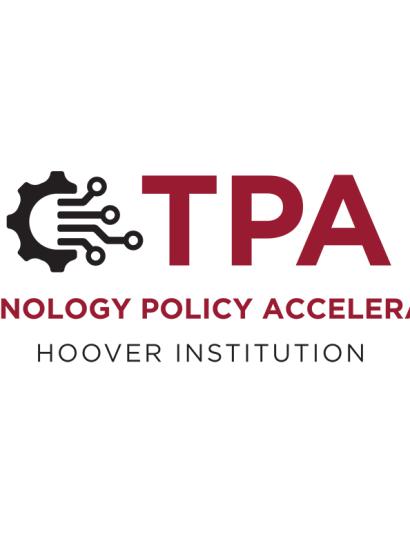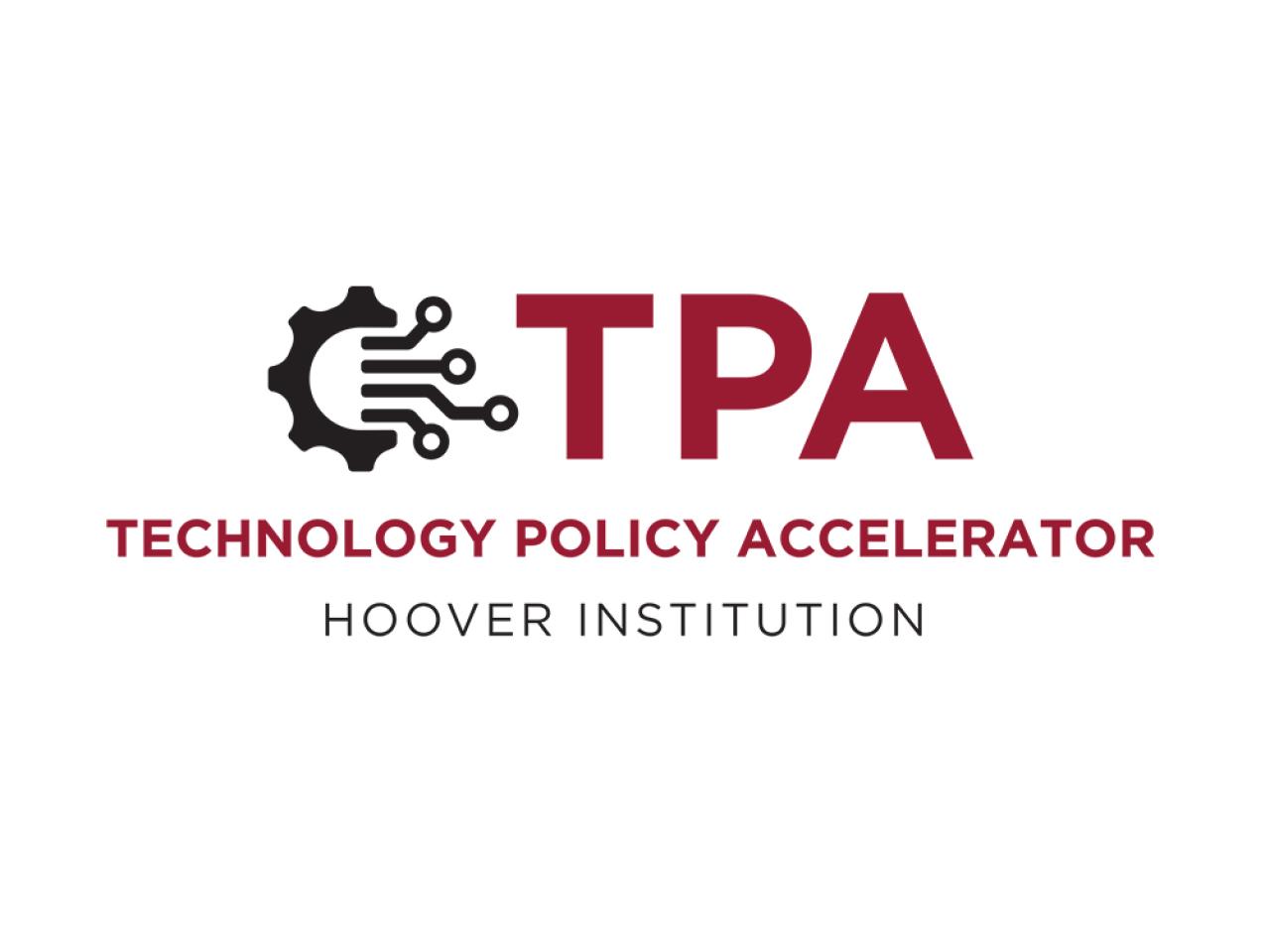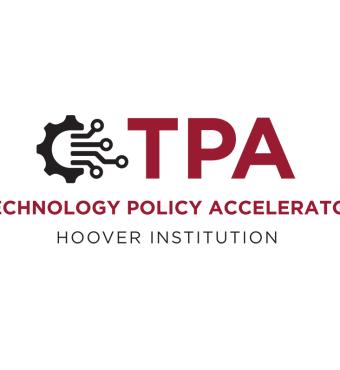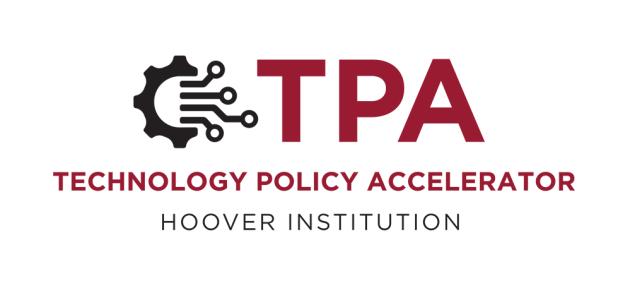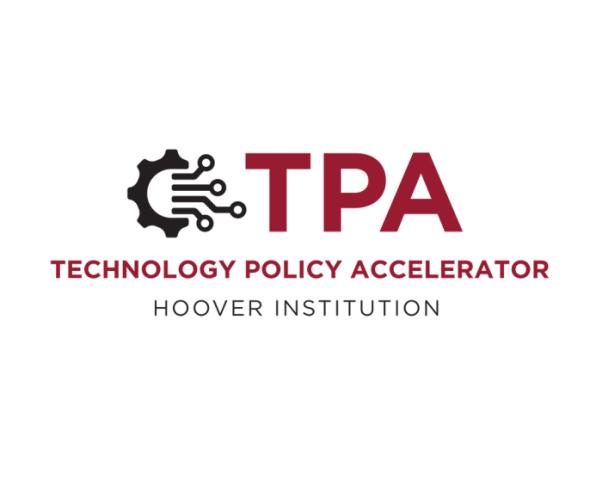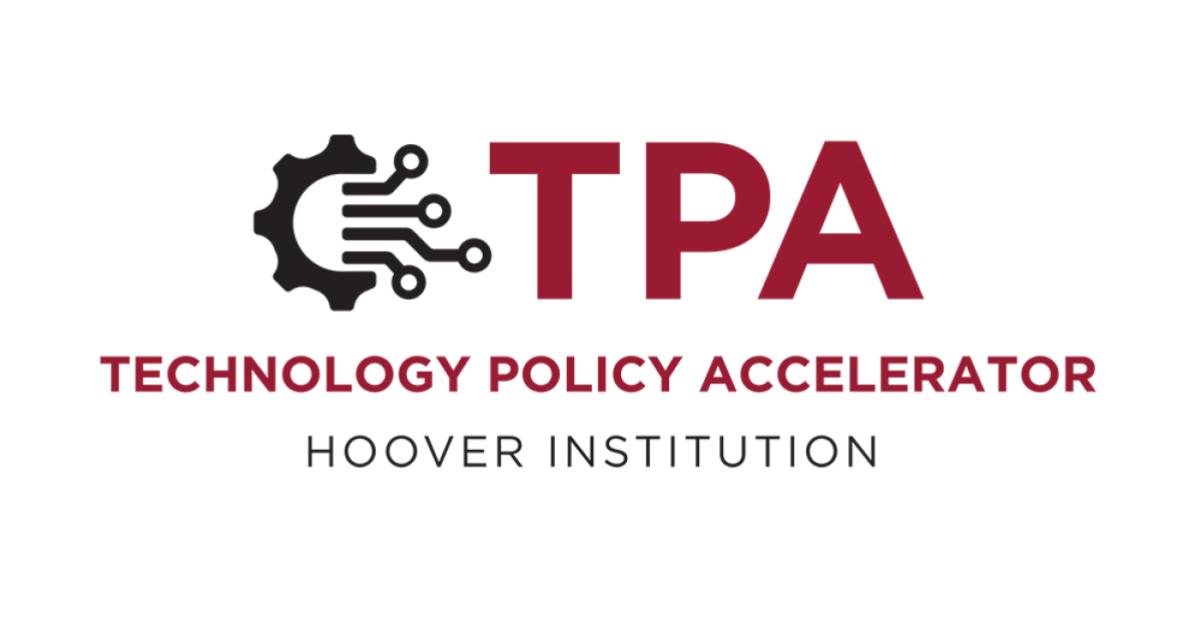In this edition of the Technology Policy Accelerator newsletter, Hoover policy and tech experts provide insights into the economic and social implications of frontier technologies. Amy Zegart explores the training and background of the AI researchers that helped propel China’s DeepSeek to global prominence and finds most of them were essentially homegrown. Dan Berkenstock argues that small policy changes in Department of Defense funding programs can have a big positive impact on venture-backed defense tech innovation. And Zegart and Herb Lin join the latest episode of The Interconnect podcast to talk about key themes that impact all emerging technologies, from the global battle for scientific talent to the way high-tech export controls influence innovation.
Featured Analysis

A Deep Peek into DeepSeek AI’s Talent and Implications for US Innovation
Taking a close look at the AI talent that worked to develop Chinese AI firm DeepSeek’s breakthrough R1 model, Senior Fellow Amy Zegart and coauthor Emerson Johnston examined the training and educational backgrounds of hundreds of AI scholars who have worked for DeepSeek since its founding in 2023.
Of the 201 Deepseek researchers whose prior experience they could identify with confidence, 171 were currently affiliated with a Chinese university or related research institution, while only 15 were attached to an employer in the United States. Also, of the 49 DeepSeek researchers who had a US research position at any point during their careers, most spent only a year or less working in the US. “Most of DeepSeek’s researchers are not being trained in the United States, and those who are trained here are not retained. Instead, they are passing through,” Zegart and Johnston write.
The authors contend that the fact that Chinese firms can now develop large language models primarily with their own domestically born and trained talent should spur the US to do more to develop its own technology workforce. They say this finding illustrates the critical need for the United States to address gaps in talent acquisition for national security purposes, especially in the fields of cybersecurity and technology.
Read more here.
The paper's findings were recently cited in The Washington Times. Click here to read.

The Warfighter’s Pipeline
In this essay, Distinguished Research Fellow Dan Berkenstock and coauthor Jon Chung examine how venture capital can accelerate the deployment and development of advanced technologies necessary for defense. The authors argue that traditional defense procurement processes are slow and often fail to keep up with technological innovations. By leveraging venture capital, Berkenstock and Chung maintain, the defense sector can quickly adapt and integrate cutting-edge technologies developed in the private sector, improving overall defense capabilities and readiness.
Further, they underscore that success for such a nontraditional defense industrial base should be measured by the number of new operational capabilities fielded to warfighters, and they make recommendations for modest changes to Department of Defense innovation-funding programs to better align government funding awards with typical venture capital fundraising timelines.
Read more here.

Frontier Tech and the Geopolitical Future
The latest episode of The Interconnect podcast, copresented by the Stanford Emerging Technology Review and the Council on Foreign Relations (CFR), features a conversation around advancements in frontier technology and their geopolitical implications. From Hoover, fellows Amy Zegart and Herb Lin join CFR’s Adam Segal and Kat Duffy to talk about how the frontier technologies discussed in the Stanford Emerging Technology Review interact with one another to give society the advances it is enjoying today, citing examples such as the SpaceX Falcon 9 reusable rocket.
“Small incremental advances in a variety of technologies have all come together now so that we can integrate these into a functional reusable rocket booster, and that is of course the key to reducing costs,” Lin says in the episode.
Zegart stresses that observers should not think of emerging technology as a race to see which firm builds a usable item first—it is about widespread deployment of that technology. “You could be first to innovate but slow on the deployment side, and it’s the deployment that may make the difference,” Zegart said.
Listen to the episode here.
More Insights

Former Secretary Rice Stresses Importance of Winning Emerging Technology Race
Before a crowd of State Department staff members during a visit to Washington, DC, on February 25 as part of the launch of the 2025 edition of the Stanford Emerging Technology Review, Hoover Institution Director Condoleezza Rice stressed the need for democracies to win the technological competition to lead in fields such as AI and space exploration. “We have to win this race,” Rice told attendees, according to Justin Reynolds of State Magazine, “because if you think about a democracy, we have the guardrails. . . . We can’t afford to have these transformative technologies pioneered by authoritarian regimes.” Rice brought with her to the State Department a number of contributors to the Review, including fellows Amy Zegart, Allison Okamura, and Herb Lin.
Read more here.

Inviting “Soft Robots” into Our Homes
In an interview published in Defining Ideas, Science Fellow Allison Okamura speaks about her research into the development of new types of robots that are dexterous and delicate enough to work as in-home caregivers. To achieve this, Okamura says, robotics as a field needs to pivot away from the “heavy and stiff” robots built to assist manufacturing and toward new, softer materials to “make robots that are inherently safe when it comes to interacting with humans.” While human interaction is valuable to recipients of in-home care, Okamura says there are valuable roles robots can fill in helping people age in place while also maintaining their independence and personal privacy. Robotics is one of 10 frontier technologies documented in the 2025 edition of the Stanford Emerging Technology Review report.
Read more here.

SETR Contributor Kang Shen Elected to American Academy of Arts and Sciences
Kang Shen, SETR contributor in the field of neuroscience and Director of Stanford’s Wu Tsai Neurosciences Institute, was one of seven Stanford faculty members elected to the American Academy of Arts and Sciences on April 23, 2025. Neuroscience is one the ten fields explored in the 2025 edition of the Stanford Emerging Technology Review.
About Technology Policy Accelerator
The Hoover Institution’s Technology Policy Accelerator conducts research and develops insights that help government and business leaders better understand emerging technology and its geopolitical implications so they can seize opportunities, mitigate risks, and advance American interests and values.
About The Stanford Emerging Technology Review
The Stanford Emerging Technology Review helps America’s public and private sectors better understand transformational technologies so that the United States can seize opportunities, mitigate risks, and ensure its innovation ecosystem continues to thrive. The product of a major new Stanford education initiative, its clear explanation of pivotal tech domains, recent developments within them, and what to look out for in the future makes it an indispensable guide to tomorrow’s world.







